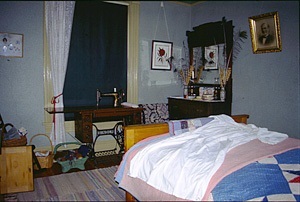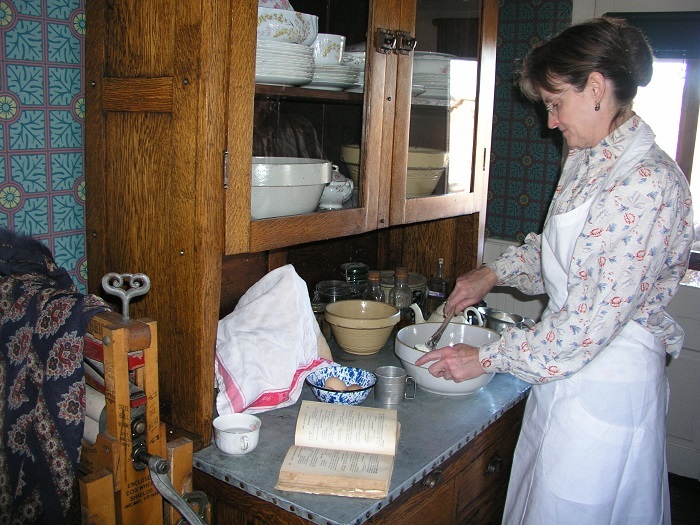1890s Living History Farm
1890s Farm
On the north side of the Littleton Museum's 40-acre property is the 1890s living history farm. Because of advancements in technology and transportation (most importantly, the arrival of train lines), the farm appears more highly developed than the 1860s farm.
1890s Farm House, also called "Bemis House"
Original Historic Structure - Relocated to Museum for preservation
This frame home was commissioned by Judge Fred Arnold & Elizabeth Bemis. The house was originally located east of the railroad tracks and was the home offices for the Bemis dairy farm. The home is furnished much as one would have been in the 1890s; of special note is the wallpaper, which is a reproduction that is very similar to the original wallpaper selected by Bemis’ when they lived in the house.
Learn more about the Bemis Family.

